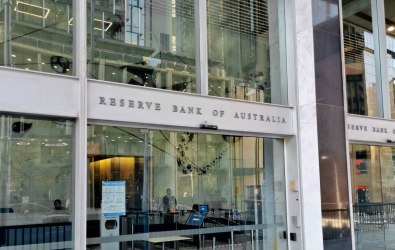The risks and returns of infrastructure investments need to be better balanced between the government and the private sector if the $700 billion worth of projects that Australia needs in the coming decade is to be build.
"For some time, governments have been [of a mind] to try and get the private sector to take the risk upfront," Infrastructure Australia chairman Rod Eddington said yesterday.
"As they say in the deep south of America: 'That dog don't hunt'. There are better things to do with your money than to take these sorts of risks," he said.
"Unless we find ways to get the private sector into the infrastructure space in a way in which both governments wish the private sector to participate and the private sector itself is prepared to participate, we simply won't get the infrastructure build. It will be a paper exercise," Eddington said at an Australian Business Economists presentation in Sydney.
To make infrastructure investments more attractive to the private sector, governments could look at public-private partnerships or take on more of the initial risk of a given project, Eddington said.
"One of things I think about is: Who's best placed to take those risks?"
"It may be, for example, that there is a case for the government to take some of those risks and once the construction is in place and the piece of infrastructure is up and running, you then sell it to the private sector," he said. "The risk profile is quite different."
Superannuation funds have been increasingly allocating more capital to infrastructure, but Eddington rejected the idea of a mandated allocation to Australian projects.
"I'm not in favour of governments saying to the trustees of superannuation funds: '10 per cent of your investment must be infrastructure'. That is sometimes suggested as a mechanism to get more superannuation money into infrastructure," he said.
"I take the view that the trustees of superannuation funds have the duty to their members to get the best returns and if they can get it by investing elsewhere, they should do so," he said.
"It is, therefore, incumbent upon governments and the private sector to work together to find vehicles that make superannuation funds wanting to put some of their money in, and many do so already."
At the announcement of the federal budget in May, the government pledged a package, capped at $25 billion, of tax provisions and investment incentives to support investment in infrastructure projects by superannuation funds.





